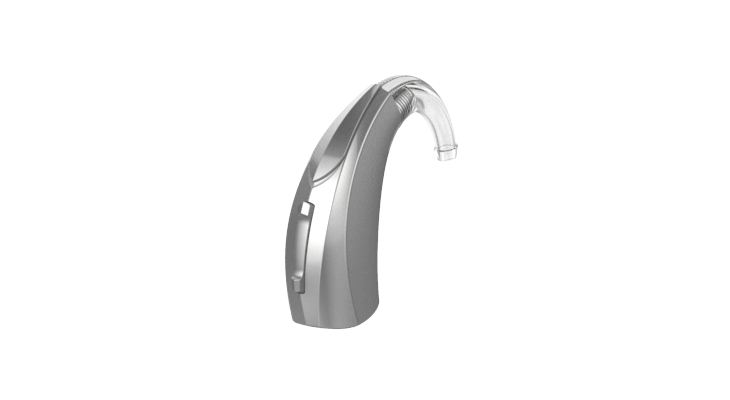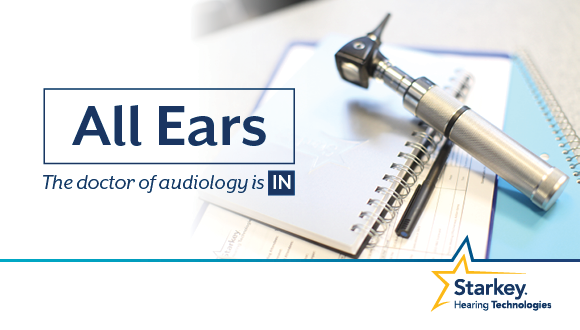Great question! A hearing aid is a small electronic device that is worn in or behind the ear(s) to assist with and improve hearing, speech understanding, communication, and overall quality of life. All hearing aids, regardless of style or size, have the same basic components: a microphone, an amplifier, a receiver and a battery. Together, these parts make sounds louder and clearer to the user. Let’s break down these key components
Every hearing aid has four key components
Microphone
The first major component of every hearing aid is the hearing aid microphone, which picks up sounds from the surrounding environment and converts them into electrical signals.
Amplifier
The hearing aid amplifier increases the overall power or loudness of the signals received from the microphone. Specialised filters and equalizers modify the sounds, so that only sounds relevant for the user are amplified.
Receiver
Another key component of hearing aids is the receiver, also known as the speaker. It converts the electrical signals from the microphone into acoustic signals heard by the user.
Battery
The battery serves as the power source for hearing aids. Hearing aids typically require special bateries that come in a variety of sizes. Hearing aid batteries typically last between 5 to 14 days. Battery life varies depending on the battery size, needs of the user, hearing device, complexity of the user’s listening environments, amount of usage and more. Today, more and more hearing aids are now rechargeable.

Many hearing aids have these common parts
Depending on the size and style, some hearing aids may have additional parts. These are typically decided upon and ordered with the clinician, based on the user's lifestyle, needs, hearing loss, etc. Some examples of these are: an earmold, ear hook, an air vent, a volume control, a memory control, a telecoil, and a wax guard.
Ear Hook
This is a clear plastic attachment that connects to the device and loops over the top of the ear. The ear hook attaches the hearing aid to the tubing. This part can only be found on Behind-The-Ear (BTE) devices.
Earmold
An earmold is a custom in-the-ear piece that is attached to the hearing aid in order to help contain the sound within the wearer's ear. A custom earmold is made from an impression of the ear, taken by the clinician. Whether someone needs an ear mold is a decision best made with your hearing professional.

Vent
This is a hole that goes all the way through a custom hearing aid or earmold. It allows for airflow in and out of the ear to help prevent infection and the felling of a plugged-up ear.
Wax Guard (ex. Hear Clear)
A wax guard is a small filter that catches the earwax, preventing it from getting into the electronic components of the hearing aid. Ask your hearing healthcare provider if you have questions about how often to change your wax guard (Hear Clear).
Volume Control
This allows the user to adjust the loudness of sounds. This switch or button is not available on all styles of hearing aids and may not be desirable for all hearing aid users. Note, many hearing aids today offer volume control via a mobile app or wireless accessory.
Memory Control
A memory control allows the user to switch between memories that have been pre-programmed into the hearing aids for a variety of environments. A switch or button control feature is also not available on all styles of hearing aids and may not be desirable for all hearing aid users. Note, many hearing aids today offer memory control via a mobile application or wireless accessory.
Telecoil
A telecoil (sometimes called a t-coil) is a small magnetic sensor offered in some hearing aids. T-coils allow hearing aids to directly connect to different sound sources, like a telephone or public address system. In some specific situations, a t-coil offers sound quality improvements over a traditional microphone allowing the hearing aid user to hear the desired signal more easily, particularly in environments with background noise.
In properly equipped venues, t-coils can permit a hearing aid to act as a personal loud speaker for a public sound system.

A hearing professional will ensure you get the right hearing aid for your needs
Remember that the key to hearing aid satisfaction is not just which device you get, but working with a professional you trust to help you choose and fit the right hearing aid for your unique needs. To find a hearing aid professional near you and to try hearing aids for yourself, call 0800 042 0000 or click here.
